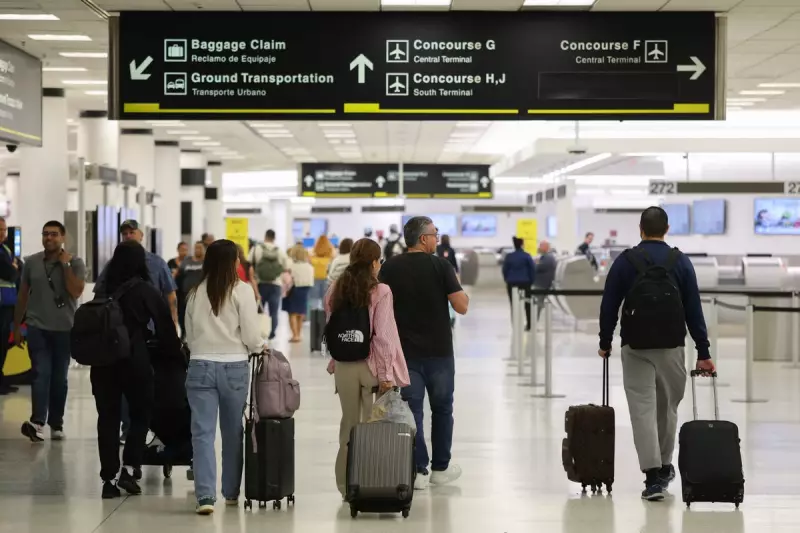
The Federal Aviation Administration has taken significant steps to ease travel disruptions across the United States, announcing on Friday its decision to reduce mandatory flight cuts at forty major airports.
Shutdown Prompts Unprecedented Restrictions
The record 43-day government shutdown, which concluded on November 12, had forced the aviation authority to implement drastic measures to maintain safety standards. Transportation Secretary Sean Duffy had consistently maintained that restrictions would remain until air traffic control staffing stabilised and safety metrics showed improvement.
The initial order, effective since November 7, had impacted thousands of flights nationwide. The FAA chief revealed that concerning data necessitated these measures to relieve mounting pressure on the aviation system as the shutdown entered its second month.
Controller Crisis Deepens During Shutdown
The situation was severely exacerbated by a sharp increase in controller absences. Many controllers, who had missed two paychecks during the impasse, cited financial hardship and the need to seek secondary employment as primary reasons for their absence.
Duffy disclosed that by the shutdown's conclusion, 15-20 controllers were retiring daily, with some younger controllers leaving the profession altogether. Although he hasn't shared specific safety data that prompted the cuts, Duffy referenced reports during the shutdown period indicating planes flying too close together, increased runway incursions, and pilot concerns about controller responses.
Gradual Recovery Underway
The flight reductions began at 4 percent before escalating to 6 percent. Interestingly, the FAA had originally contemplated a 10 percent reduction target but held back from further increases as more controllers returned to work amid news that Congress was nearing a deal to end the shutdown.
The flight restrictions caused significant operational challenges for airlines within days of implementation. Many aircraft were rerouted and remain out of position, according to industry reports. Airlines for America, the trade group representing US carriers, warned that residual effects could persist for several days.
While some aviation experts predict problems may linger longer, airline executives expressed optimism that normal operations could resume quickly ahead of the busy Thanksgiving travel week. The nationwide controller shortage, while not a new issue, received heightened attention during the shutdown and likely worsened as a result of the prolonged crisis.
How long it will take for the entire aviation system to stabilise remains uncertain, but the reduction in flight restrictions marks a positive step toward recovery.





